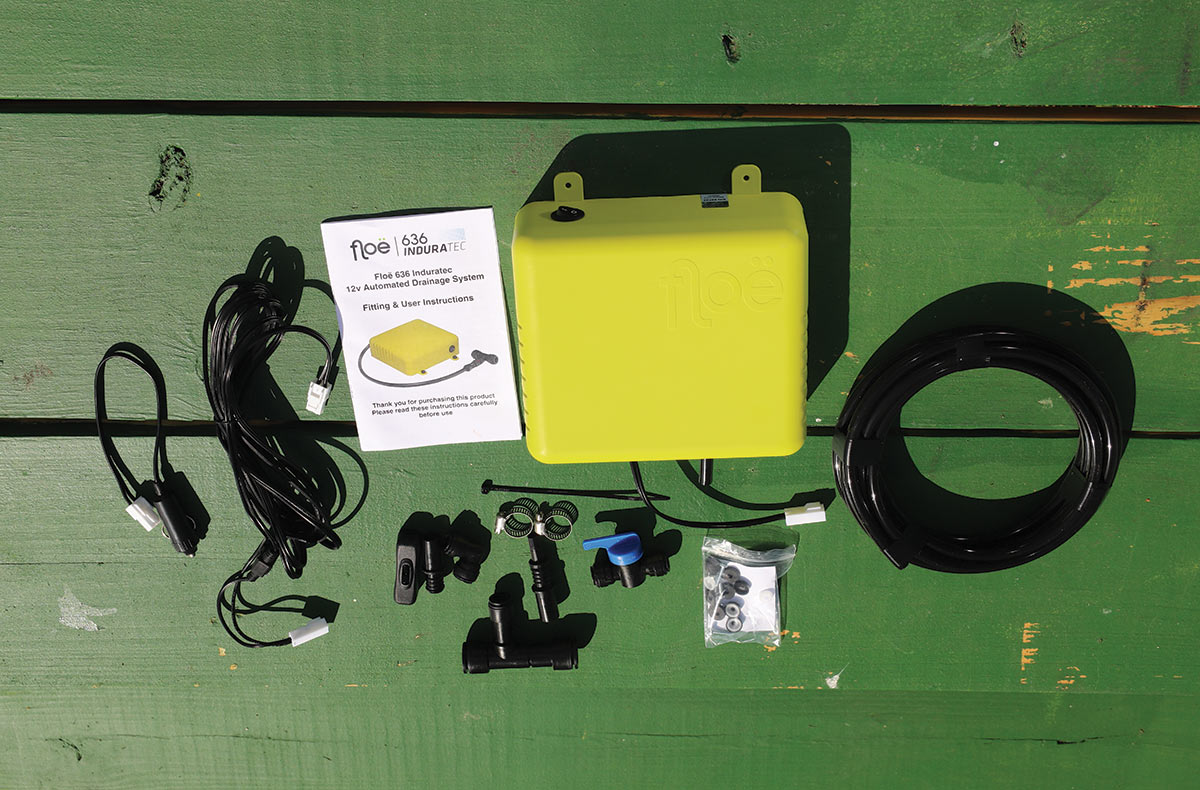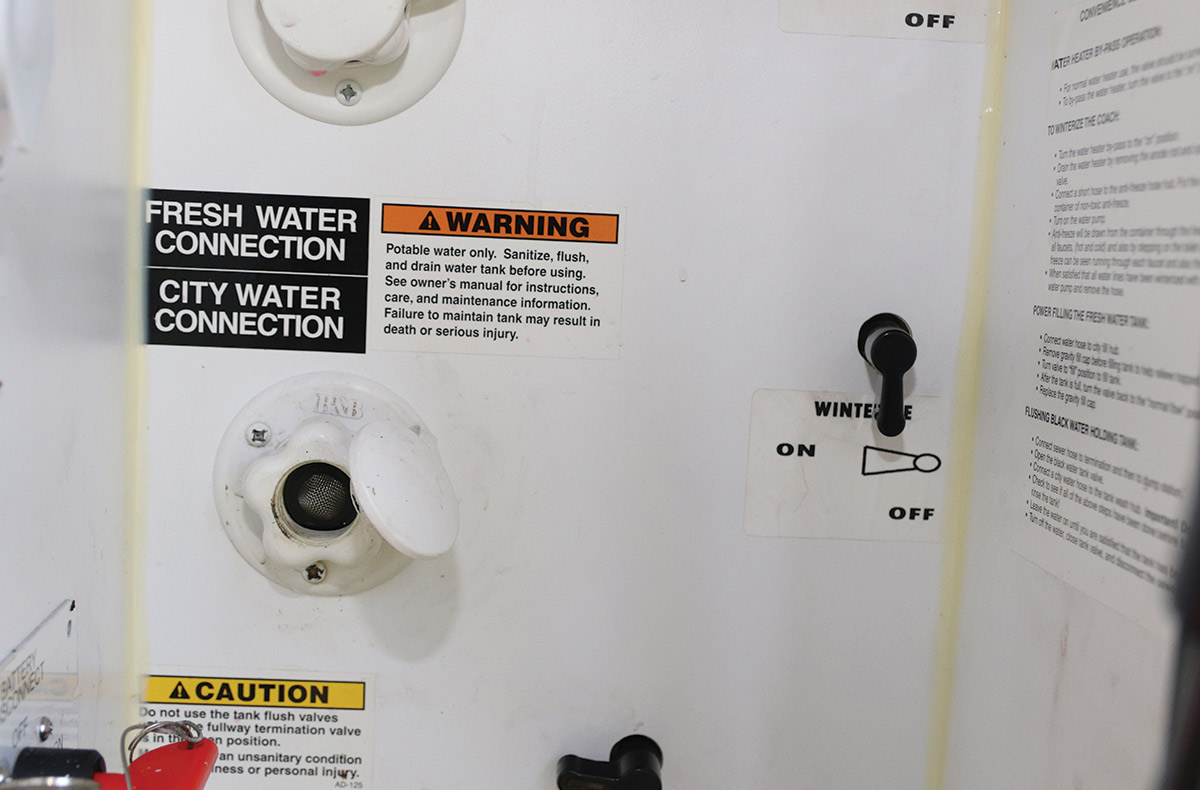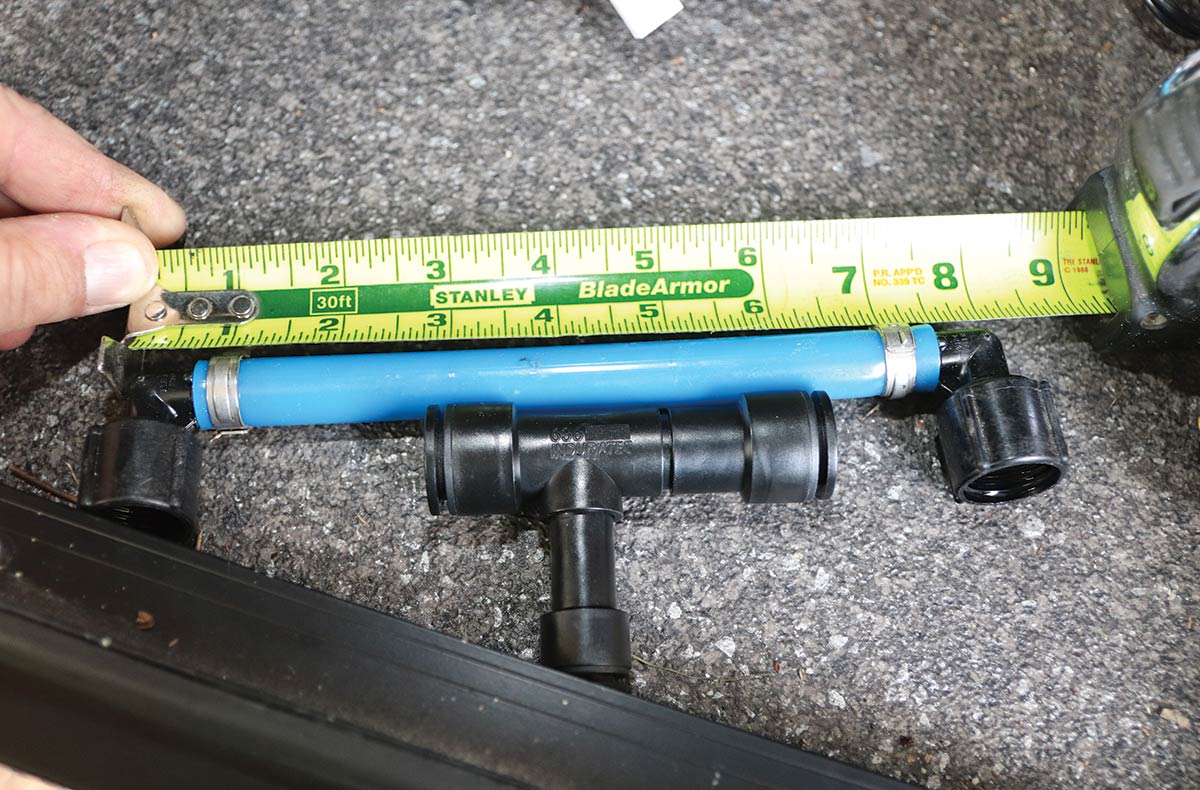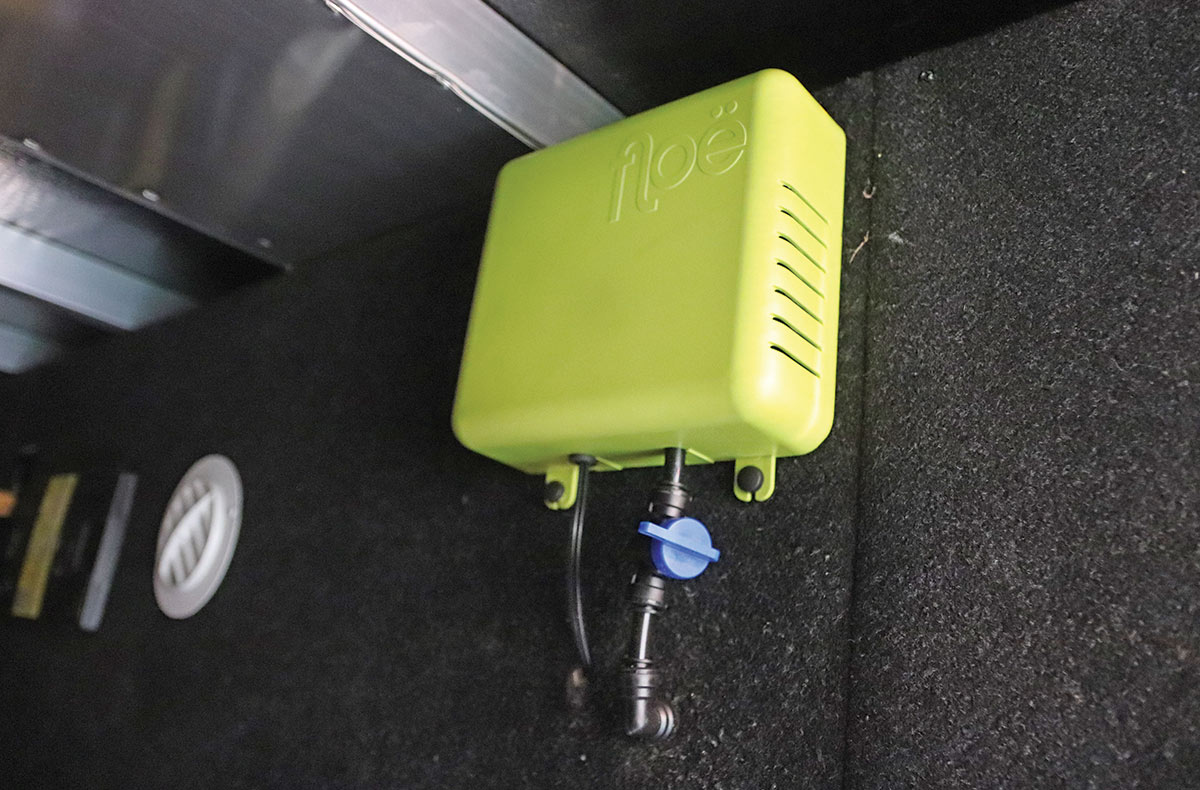Go with the Floe: Lippert’s Floe 636 Induratec Allows for On-the-Go Winterizing

Lippert’s Floe 636 automatic winterizing system simplifies the process — a lot. First designed and distributed in Ireland for caravans, the system is basically a small air compressor system with a pressure switch and isolation valve that is permanently built into the RV’s plumbing system.


The benefit of the system is obvious: Open a valve, flip on the switch, then walk around and open each valve (faucets, etc) one at a time, including low point drains. The pump turns on and pressurizes the plumbing, then shuts off until a valve is opened. This pushes all the water from the system.
If you’re in a more moderate climate and only plan to blow out the system, you’re done (except for P-traps and tanks). However, if you’re in a much colder climate and/or you have powered valves for washer drains, ice makers and the like to protect, then you’ll want to follow up with RV antifreeze. The water heater should be bypassed and drained externally before you blow out the system. If the water pump is fitted with the plumbing to route antifreeze and a Floe 636 is installed, you have everything on board for winterizing.


Installation is straightforward with a few changes in the procedure depending on the RV, so we won’t go into all the details of adding this product to a 2015 Montana fifth wheel for the test. However, it’s simple, and there are videos online that demonstrate how it’s done (including one provided by Lippert: support.lci1.com/videos/floe-integrated-water-drain-owners-video). It’s entirely up to you how sophisticated you would like to get with the installation, but the basics include a 12-volt DC connection and a plumbing fitting. Everything you need is included in the kit. The system, which retails for about $200, works as advertised and is quite a convenience. It can be found at your favorite RV store or on Amazon (https://amzn.to/2ZiQyjS).
We installed the unit in the Montana’s passthrough rear wall near the back of the plumbing center. This gave us access to the switch and valve, but it is also possible to mount the unit in a concealed location. Theoretically, you could have a dedicated switch and valve installed on the plumbing panel for a complete custom, out-of-sight installation.
Already a Subscriber? Click here for Access to the Full Issues.

